-
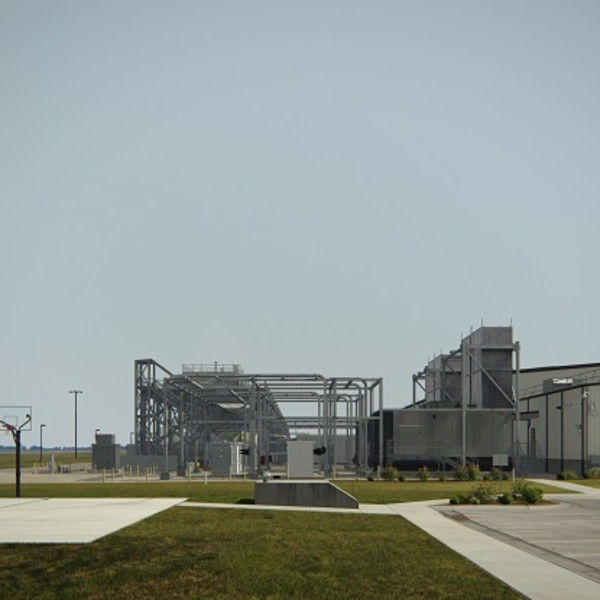
John Gerrard: Art In The Age Of...Planetary Computation, Witte de With
How would you draw a picture of the Internet; through the machines and ‘their’ language that broadcast and store ‘our’ messages, or through the affect and power relations that those messages and their movement produce?
Presented as part of the year-long Art In The Age Of… exhibition series, Art In The Age Of… Planetary Computation investigates how quantification, telecommunications, and our ever-expanding information apparati not only inform contemporary artistic production, but also how contemporary art can hold a mirror up to these processes and formations. The participating artists explore the fissure between literal infrastructure—code, machines, wires, and other like-vocabularies—and the subjective socio-political interactions fostered by using these devices. Guided not only by what can be seen on the computer screen, and the various other black mirrors we stare into day in and day out, this exhibition will also look at what happens behind these screens. Moving from objects to subjects, we ask, how do these positions impact daily life, or said in another way: what does it mean to be ‘screened’?
Artists: Aram Bartholl, Rossella Biscotti, Nina Canell, John Gerrard, Femke Herregraven, Antonia Hirsch, Navine G. Khan-Dossos, John Menick, Owen Mundy, Trevor Paglen, Lucy Raven, Julia Weist, and others.
Team: Defne Ayas (Concept), Adam Kleinman (Lead Curator), Samuel Saelemakers (Associate Curator)
The work of Antonia Hirsch is presented with the kind support of the Southern Alberta Art Gallery.
-

Glenn Ligon: Encounters and Collisions at Nottingham Contemporary
Glenn Ligon: Encounters and Collisions
April 3 - June 11, 2015
Nottingham Contemporary
One of the most significant American artists of his generation creates an autobiographical art history, bringing together artworks he references, and his own work.
-
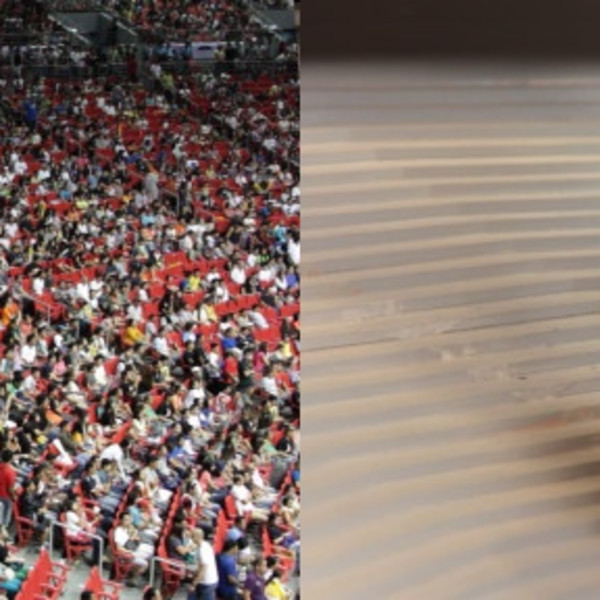
Paul Pfeiffer: Vitruvian Figure at Museum of Contemporary Art and Design Manila
-
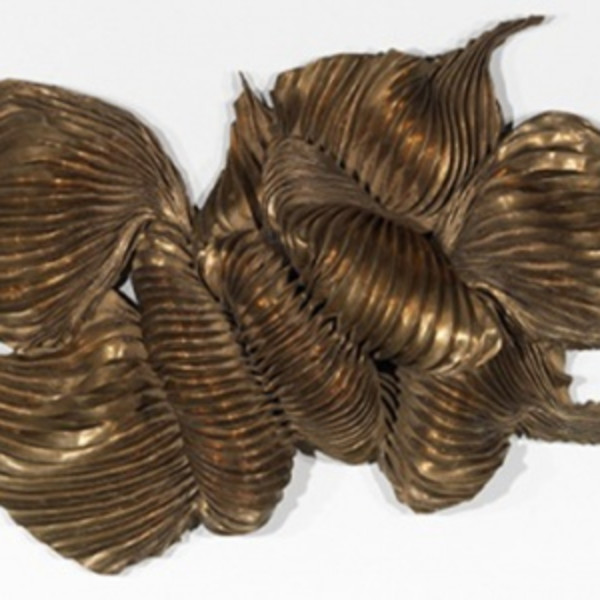
Lynda Benglis at Hepworth Wakefield
Events
Lynda Benglis in Conversation with Griselda Pollock
Friday 6 February, 5-6pm £8 (£6)
-

Phillip King at Tate Britain
Events
Phillip King in conversation with Jon Wood
Tuesday 27 January, 6:30-8pm, £12
-
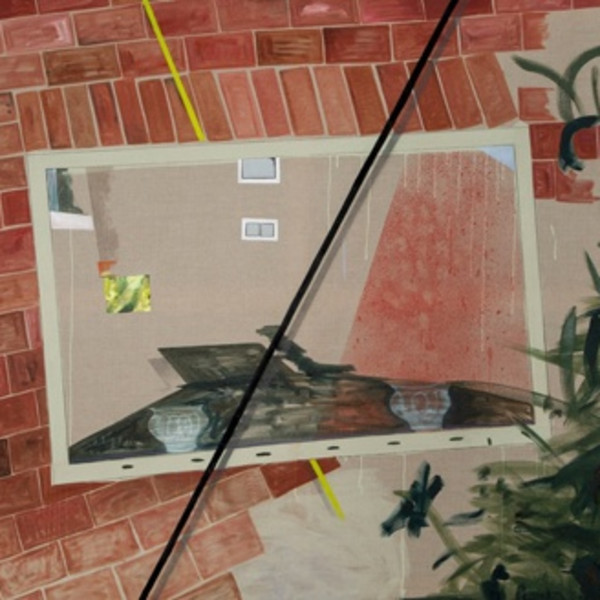
Caragh Thuring at Chisenhale Gallery
Chisenhale Gallery presents a new body of work by London-based painter, Caragh Thuring, and her first solo exhibition in a public gallery.
-
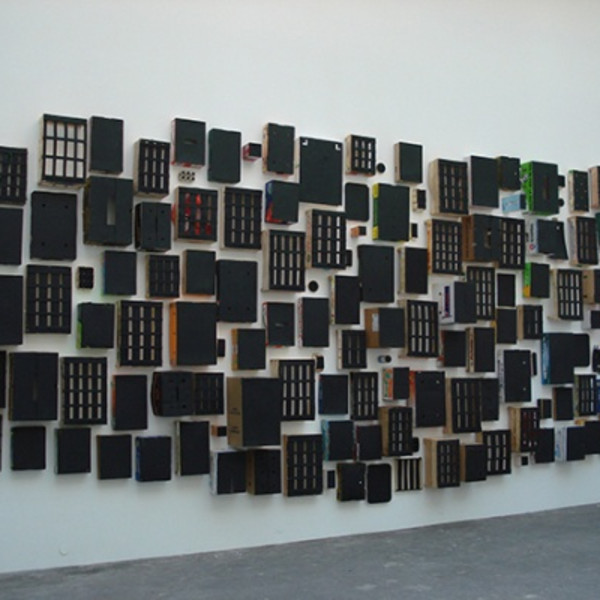
Abraham Cruzvillegas: Autoconstrucción at Museo Jumex & Museo Amparo
Abraham Cruzvillegas: Autoconstrucción
Museo Jumex, Mexico City
November 13, 2014- February 8, 2015
Abraham Cruzvillegas: Autoconstrucción
Museo Amparo, Puebla, Mexico
November 15, 2014- February 16, 2015
-
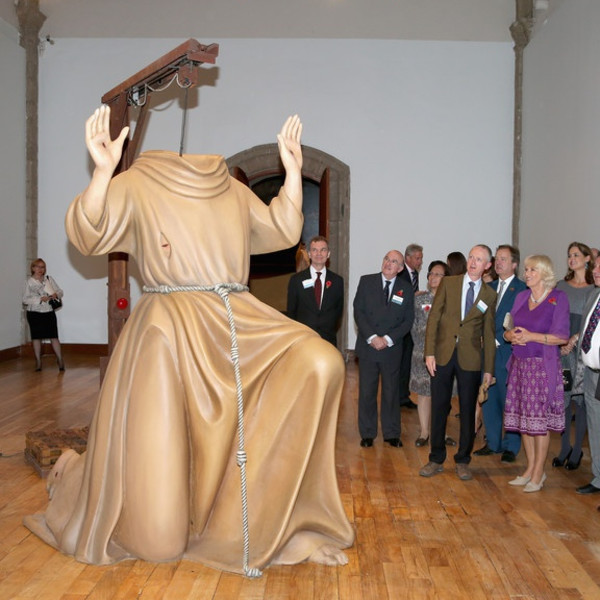
Michael Landy: Saints Alive at Antiguo Colegio de San Ildefonso, Mexico City
Saints Alive
November 4, 2014 - March 8, 2015
Antiguo Colegio de San Ildefonso, Mexico City
Michael Landy: Saints Alive an exhibition originally conceived for The National Gallery, London, and presented in Mexico City by the Antiguo Colegio de San Ildefonso and the British Council.
Saints Alive was the fulfilment of Landy's residency under the National Gallery's Associate Artist Programme, and the sculptures, collages and drawings he made were in response to The National Gallery's superb collection of old master paintings and drawings.
The exhibition for Mexico has been enlarged since the first showing at The National Gallery in London in 2013, and it now comprises eight sculptures and 40 framed works on paper installed in seven inter-connecting galleries in the magnificent setting of Colegio de San Ildefonso.
-
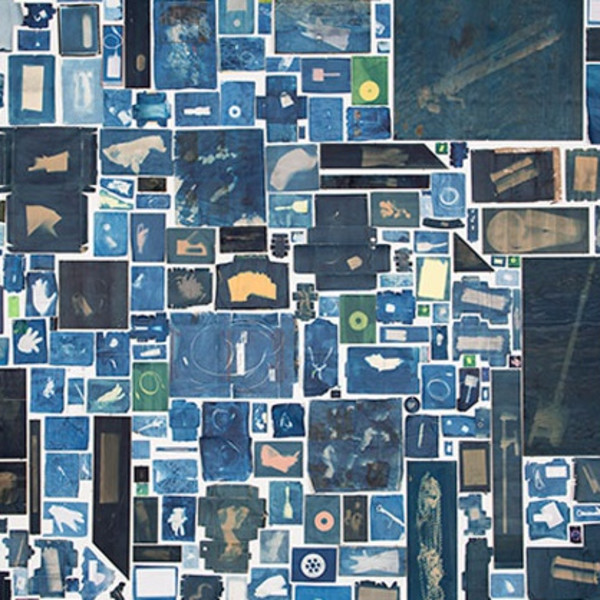
Walead Beshty: A Partial Disassembling of an Invention Without a Future
A Partial Disassembling of an Invention Without a Future: Helter-Skelter and Random Notes in Which the Pulleys and Cogwheels Are Lying Around at Random All Over the Workbench
October 9 2014 - February 8, 2015
The Curve, Barbican Centre, London
This upcoming exhibition at the Barbican Centre sees London-born, Los Angeles-based artist Walead Beshty transform the Curve by covering the wall of the gallery from floor to ceiling with more than 12,000 cyanotype prints.
The exhibition will be accompanied by an artist talk on November 26th, tickets for which can be purchased here.
Photo by Alexei Tylevich
-
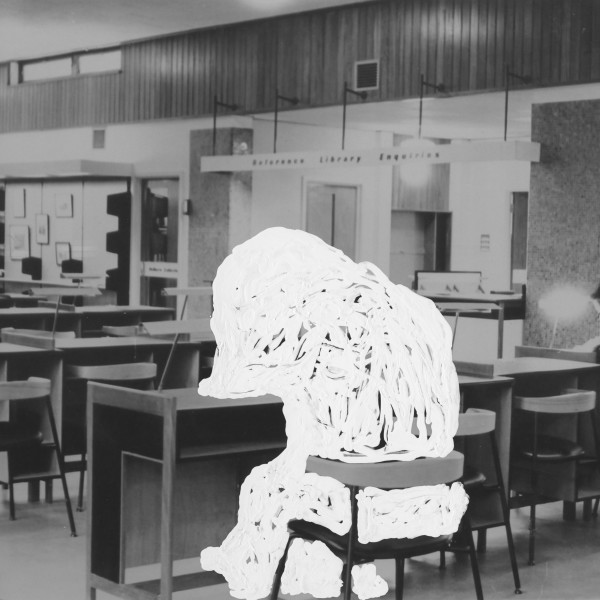
José Damasceno: Plot
Plot
Holborn Library, London
October 3- November 23, 2014
Events
A series of four events will be presented in connection with Plot on Mondays through the run of this project
David Kohn, Plotting Spaces
Swodenborg Hall, London
October 27, 2014
Siobhan Davies, Helka Kaski and Jonathan Cole
Manual - Choreography and the Everyday: Lecture & DemonstrationSwodenborg Hall, London
November 3, 2014
Professor John Ó Maoilearca, Paraconsistent Perception
Swodenborg Hall, London
November 10, 2014
Page
67
of 75
